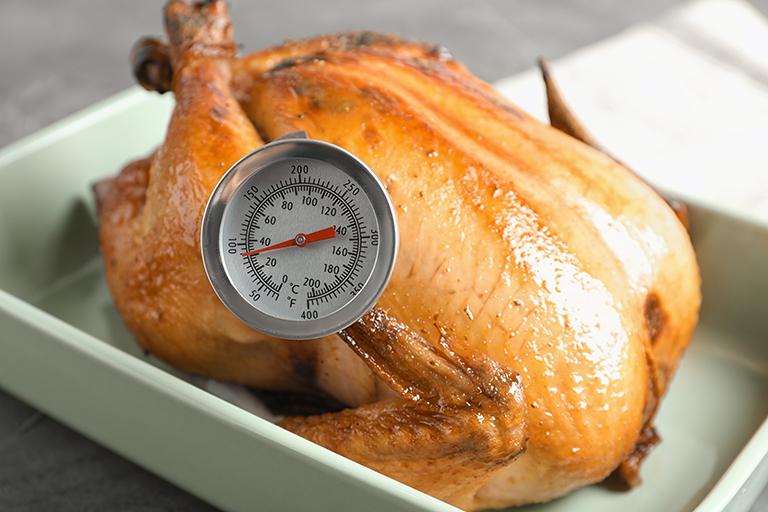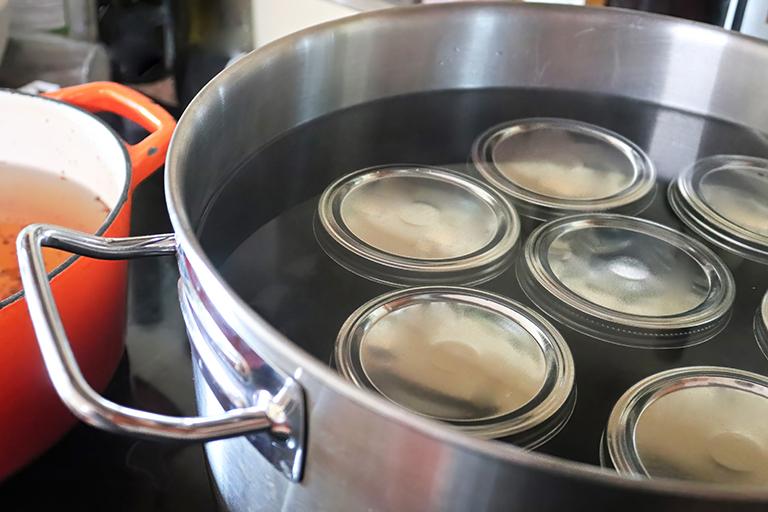Nutritional and food literacies explore how food can impact health based on how it's cultivated and processed. This could include understanding how to read nutrition labels, being able to balance macros (proteins, fats, and carbs), or following proper food safety practices.
MyPlate Nutritional Guide
MyPlate is a resource from the U.S. Department of Agriculture that helps you create and maintain healthy eating habits with information on the various food groups along with recipes to fit any budget or routine. Get a personalized MyPlate Plan that's right for you, based on your age, sex, height, weight, and physical activity level.
Food Safety
Safe food practices means understanding that consuming pizza left out overnight or 3-week old lunch meat could result in a very bad day or serious illness. That just because your oven reads 400 degrees doesn't mean your Thanksgiving turkey is the same temperature.
Take a few seconds to learn about food safety whether you’re cooking at home, dining out, or eating ready-made meals on the go:
- Food safety basics
- Leftovers; how to make, store, and thaw
- Doneness vs safety
- Cleanliness helps prevent foodborne illness
- Safe Defrosting Methods
Food Preservation
Home food preservation is a pretty common activity, but how do you know if you're doing it safely? The National Center for Home Food Preservation offers current research-based recommendations for most methods of home food preservation including:
For a local resource, explore the Penn State Extension office's collection of articles, workshops, and videos on food preservation.
